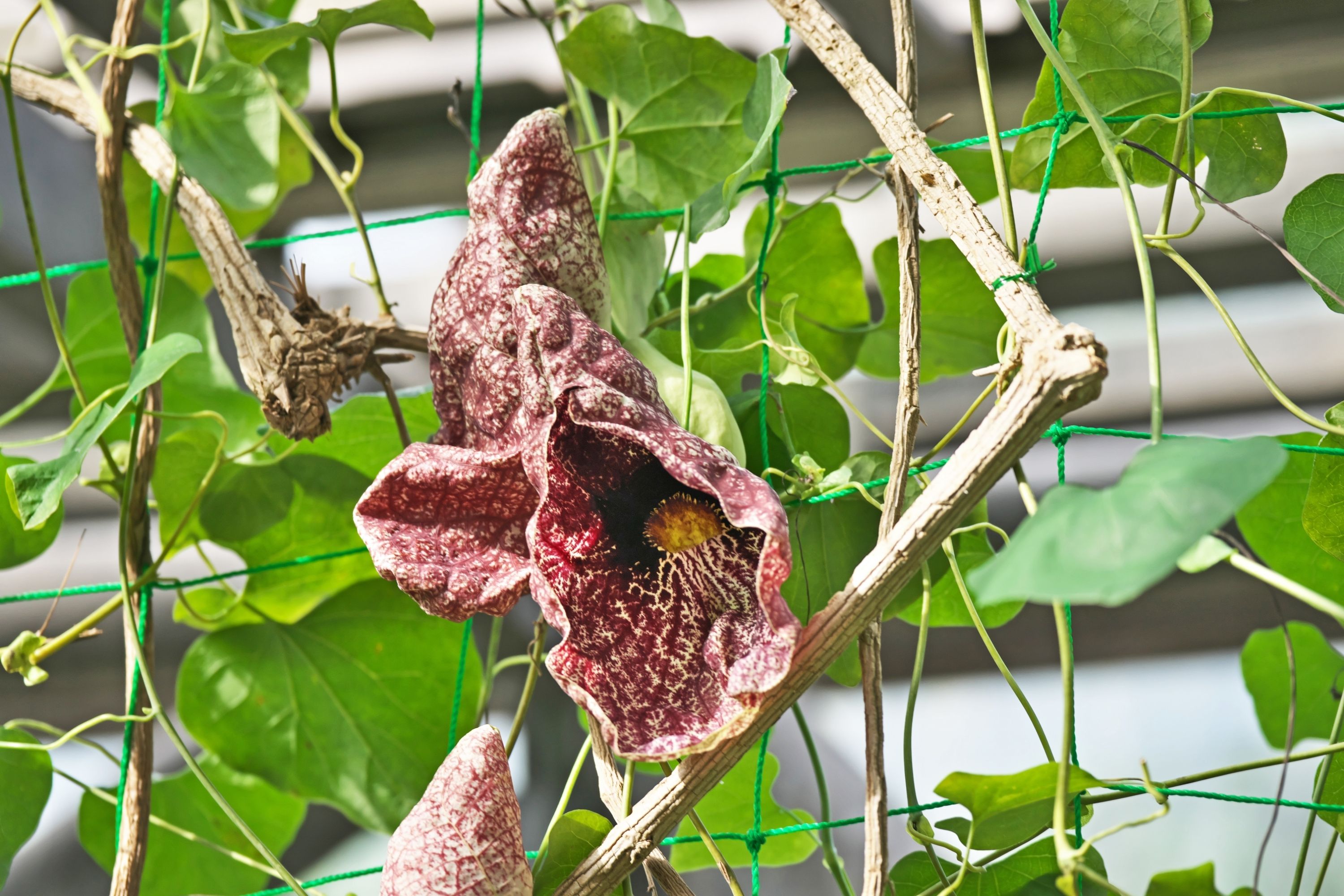Aristolochia peruviana
(Aristolochia peruviana)

Description
Aristolochia peruviana is a species of Magnoliopsida described by Oswald Schmidt. An Aristolochia peruviana in nahilalakip ha genus nga Aristolochia, ngan familia nga Aristolochiaceae. Aristolochia is a large plant genus with over 500 species that is the type genus of the family Aristolochiaceae. Its members are commonly known as birthwort, pipevine or Dutchman's pipe and are widespread and occur in the most diverse climates. Some species, like A. utriformis and A. westlandii, are threatened with extinction. Isotrema is usually included here, but might be a valid genus. If so, it contains those species with a three-lobed calyx. Aristolochia is a genus of evergreen and deciduous lianas (woody vines) and herbaceous perennials. The smooth stem is erect or somewhat twining. The simple leaves are alternate and cordate, membranous, growing on leaf stalks. There are no stipules. The flowers grow in the leaf axils. They are inflated and globose at the base, continuing as a long perianth tube, ending in a tongue-shaped, brightly colored lobe. There is no corolla. The calyx is one to three whorled, and three to six toothed. The sepals are united (gamosepalous). There are six to 40 stamens in one whorl. They are united with the style, forming a gynostemium. The ovary is inferior and is four to six locular. These flowers have a specialized pollination mechanism. The plants are aromatic and their strong scent attracts insects. The inner part of the perianth tube is covered with hairs, acting as a fly-trap. These hairs then wither to release the fly, covered with pollen. The fruit is dehiscent capsule with many endospermic seeds. The common names Dutchman's pipe and pipevine (e.g. common pipevine, A. durior) are an allusion to old-fashioned meerschaum pipes at one time common in the Netherlands and northern Germany. Birthwort (e.g. European birthwort A. clematitis) refers to these species' flower shape, resembling a birth canal. Aristolochia was first described by the 4th c. BC Greek philosopher and botanist Theophrastos in his book Inquiry of Plants, IX., and the scientific name Aristolochia was developed from Ancient Greek aristos "best" + locheia, childbirth or childbed, relating to its known ancient use in childbirth.
Taxonomic tree:







